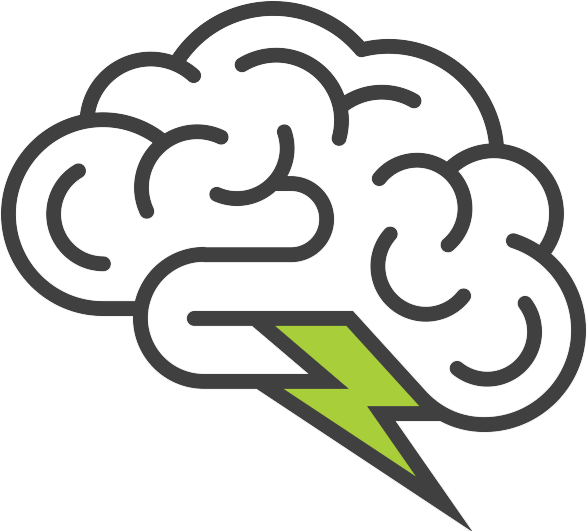Inside the Event Production Booth: Commonly Used Equipment

The production booth can be a bit intimidating when you first walk inside, with a confusing maze of switches and buttons, and tons of unfamiliar gear.
We’re going to make the production booth a bit less overwhelming by breaking down the most commonly used equipment you’ll find in a typical booth.
Light Board
- Functions as a giant dimmer switch
- Controls different lighting elements and the overall look of the event
- Controlled by a light board operator
Audio Board
- Manages the volume level and quality of sound in the room
- Monitors and modifies sound.
- May be attached to a CD player, computer, or instant replay
Graphics Station
- Typically includes two computers running PowerPoint or Keynote
- May include an audio interface that links sound to the mix board
- Will often have an interface that links the graphics station to the switcher
- Has a cue light, which helps presenters advance slides throughout their presentation
Camera Control
- Consists of monitors and a camera control unit (CCU)
- CCU allows cameras to be controlled by remote control
- Will sometimes have image magnification (iMAG), which provides the audience with a close-up image of the presenter
Cameras
- An event may have multiple cameras. If it does, a switcher (a live human) is needed and often times an additional director may be required
- Each camera has a purpose for capturing certain perspectives and angles
- Cameras can be handheld or mounted
Switchers
- Helps switch between different elements like video, PowerPoint, audio tracks, and cameras
- Controlled by a tech professional who follows cues and sets up the shots
Recording
- Not necessarily at every event, but growing more popular
- Can record just one program, like the iMAG, or do an iso-record where every camera has its own recording deck
- Recording can be used for promotional efforts, internal records, proving compliance, and more
Prompters
- Run through a laptop computer
- There are two types of prompters: presidential/executive (unobtrusive glass panels on either side of the lectern) and floor monitors (preferable if the presenter will be walking around)
Confidence/Downstage Monitors
- Helps presenters know what’s on the screen behind them, so they don’t have to break their connection with the audience by turning around
- Can be a flat screen panel or LCD screen
- There can be several dispersed around the room or stage
Audience Response Systems
- Devices or clickers that allow audience members to respond and interact during the event
- Typically require 2 computers and a control box in the booth
- Keypads are typically wireless and transmit signals to the box in the booth


